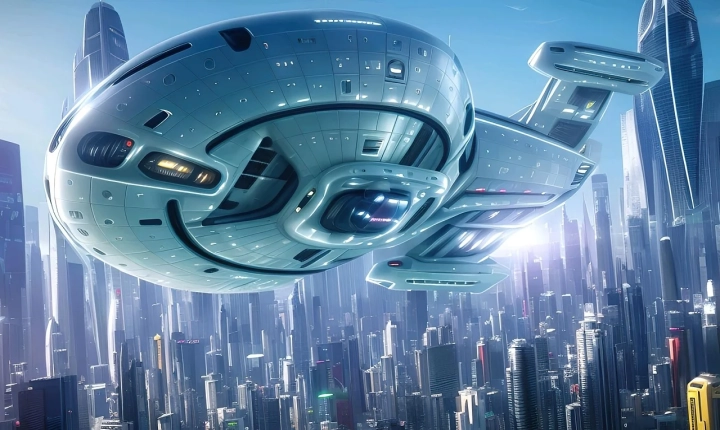AI art generators, also known as deep learning art or neural art, have revolutionized the creative landscape by enabling machines to generate original, aesthetic works of art. These powerful tools operate through a process known as neural style transfer, which combines the artistic style of one image with the content of another, resulting in a unique and visually striking piece. But how exactly do these AI art generators work?
At the heart of AI art generation lies deep learning, a subset of artificial intelligence that uses algorithms to learn from data. In the case of art generation, convolutional neural networks (CNNs) are often employed to analyze and manipulate visual content. These CNNs are trained on vast datasets of art and photographs, developing a nuanced understanding of artistic styles, color palettes, and compositions.
The process of generating art begins with feeding the AI system two distinct images: a content image and a style image. The content image serves as the basis for the artwork, providing the underlying structure and subject matter, while the style image dictates the artistic elements such as brushstrokes, color schemes, and textures. The AI then undergoes a series of complex calculations to iteratively adjust the content image to mimic the style of the style image. The result is a new image that combines the content of one image with the style of another, effectively synthesizing a completely original piece of art.
To achieve this, the AI art generator employs a technique known as optimization, where the neural network iteratively adjusts the pixel values of the content image to minimize the difference between its own internal representation of the content image and the style image. This involves calculating the content loss, which measures the similarity between the high-level features of the content image and the generated image, and the style loss, which quantifies the differences in style between the style image and the generated image. By minimizing these losses, the AI is able to produce a final image that successfully combines the content and style elements into a cohesive, visually appealing artwork.
Furthermore, AI art generators can be fine-tuned to produce a wide range of artistic effects and styles. With the ability to adjust parameters such as the balance between content and style, the strength of the style transfer, and the choice of artistic style, users can explore an endless array of artistic possibilities. Additionally, advancements in AI technology continue to push the boundaries of art generation, with researchers and developers constantly refining algorithms to produce more faithful and expressive results.
The applications of AI art generators are diverse and far-reaching. From creating custom artworks for commercial purposes to aiding artists in exploring new creative avenues, these tools have the potential to reshape the art industry. They also represent a bridge between the worlds of art and technology, sparking conversations about the nature of creativity and the role of machines in the artistic process.
In conclusion, AI art generators operate through the integration of deep learning algorithms and neural style transfer techniques to generate original artworks that combine the content of one image with the artistic style of another. Through complex optimization processes, these AI systems are able to manipulate pixel values to minimize the differences between content and style images, resulting in stunning and diverse artworks. As AI technology continues to advance, the creative possibilities afforded by these tools are sure to expand and inspire new artistic horizons.
